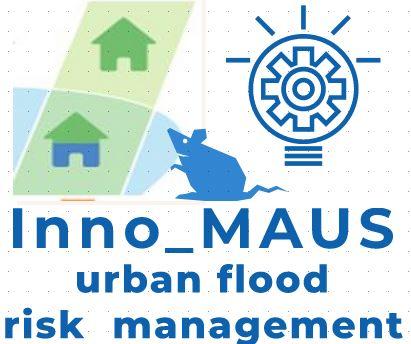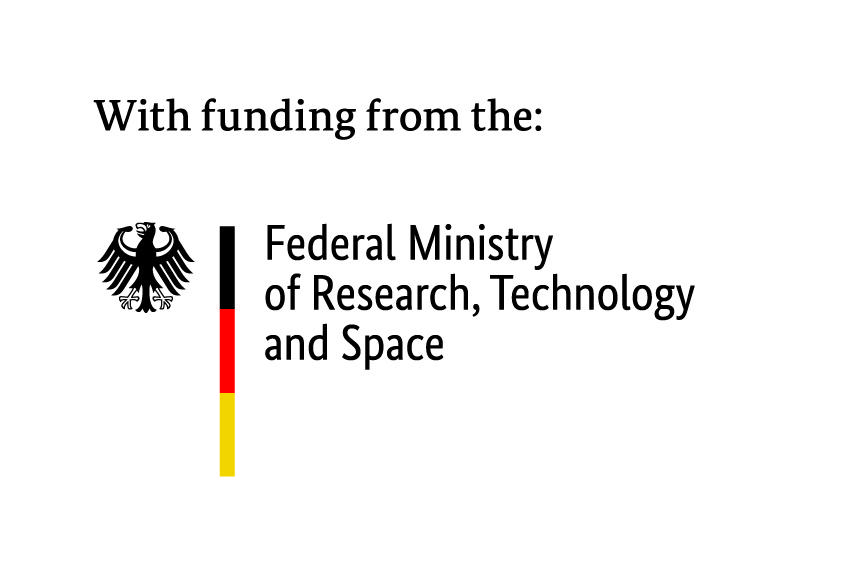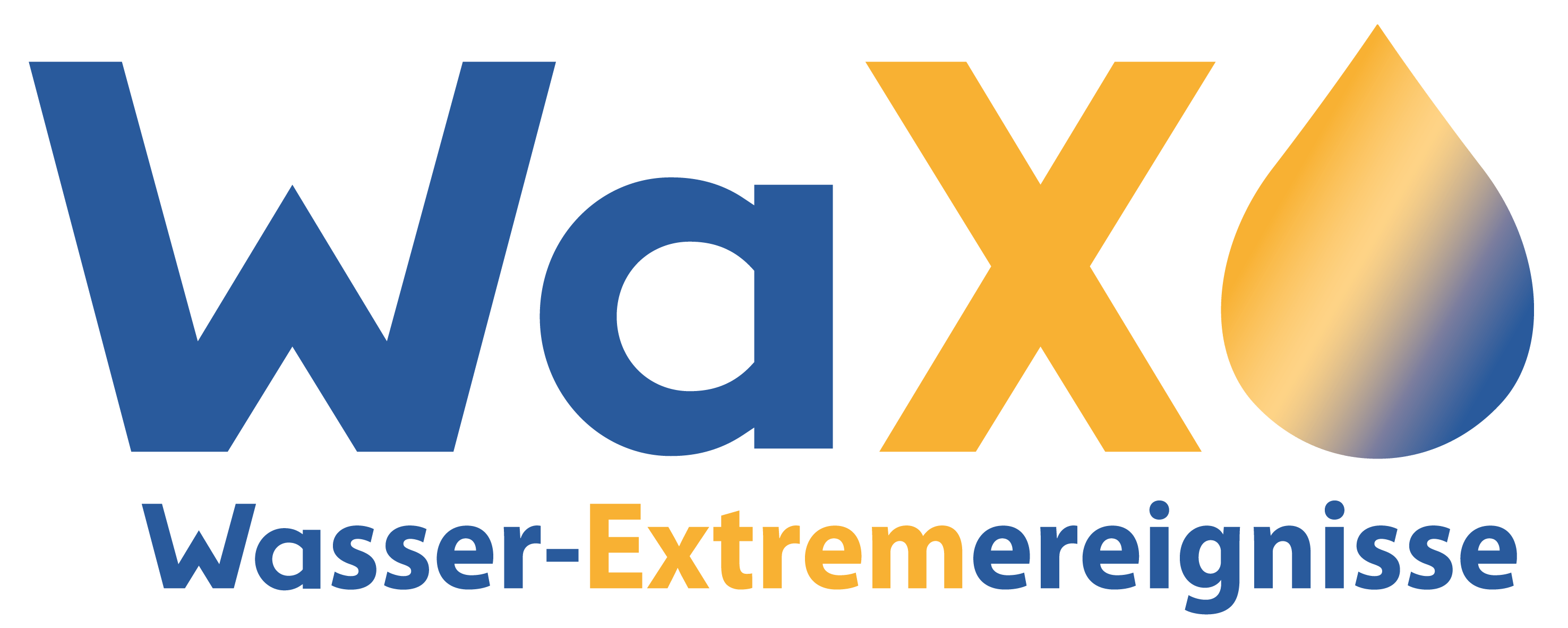Inno_MAUS – Innovative instruments for managing risk of pluvial floods in urban areas
Brief describtion
Pluvial flood risk in urban areas is omnipresent in Germany. Usually, these events are triggered by short-term extreme convective precipitation exceeding the local infiltrationcapacity. Sealed surfaces and the drainage infrastructure facilitate the focused surface runoff leading to floods.
Integral pluvial flood risk management combines quantitative high-resolution hazard and vulnerability analysis, model-based prediction and early warning, targeted risk communication and structural measures. However, the implementation of this concept remains difficult. This is mainly due to the lack of efficient, scalable and transferable tools as well as missing synergies and interfaces between the different components of pluvial flood risk management.
„Inno_MAUS“ aims for the development, provision and integration of innovative digital tools to manage urban pluvial flood risk. These tools are to be applicable for early warning as well as for planning and precautionary measures. The implementation of the tools will be demonstrated for the cities of Würzbug and Berlin.
Objectives
The project has five sub-goals:
- Transparent and open digital interfaces enabling the integration of the pluvial flood risk management
- Increasing the reliability to quantify and predict convective heavy precipitation events
- Quantification of urban runoff and potential retention areas across spatial scales
- Using artificial intelligence to efficiently simulate runoff dynamics
- Starkregenspezifische Schäden an Gebäuden und Infrastruktur abschätzen.
Four working packages develop specific digital instruments to achieve these goals and one working package develops interfaces for integration and coordination. Two show cases will show the „best-practice“ for pluvial flood risk management in the cities of Würzburg and Berlin.
Working packages (WP)
This working package covers the administrative and technical coordination. APX also provides the central platform, which integrates the innovative tools developed in the other packages in the existing risk management structures of the cities Würzburg and Berlin.
High-resolution radar observation are essential for an effective pluvial flood risk management. Therefore, AP1 provides and evaluates radar-based near real-time estimations of precipitation. Furthermore, the working package provides 5 minute forecasts with a 60 minute lead time based on deep neural networks.
WP 2 uses and extends urban-hydrological models to quantify and evaluate runoff and retention behavior of urban surfaces (such as sealed areas, gardens, parks, retention reservoirs and decentralised infiltration facilities). This includes the question to which extent water retention from heavy rainfall events can be used for subsequent irrigation of urban vegetation during drought periods.
The surface runoff concentration links heavy precipitation (AP1) and runoff formation (AP2) to the damage that occurs (AP4). In AP3, results of hydrodynamic models are used to train deep neural networks. These can learn to reproduce the results of hydrodynamic models with the help of generally available input data and information derived from them (e.g. digital terrain models, surface classifications, runoff formation).
Based on the flood heights from AP3, the impacts on the population, the built environment and the urban infrastructure are estimated in AP4. The development of target group specific storylines and their visualization, e.g. with dynamic infographics, supports the risk communication. These storylines can be used in both risk prevention and risk response.

Coordinator:
Prof. Dr.-Ing. Axel Bronstert
Universität Potsdam
Partner Institutions:
- Universität Potsdam – Lehrstuhl Hydrologie & Klimatologie
- Universität Potsdam – AG Hochwasserforschung
- Universität Potsdam – Lehrstuhl Geographie & Naturriskenforschung
- TU München – Lehrstuhl Wasserbaus und Wasserwirtschaft
- TU München – Lehrstuhl für Signalverarbeitung in der Erdbeobachtung (Zhu)
- KISTERS AG, Aachen
- Orbica UG, BErlin
Associated Partners:
- Bacrisches Landesamt für Umwelt
- Berliner Wasserbetriebe
- Senatsverwaltung für Umwelt, Verkehr und Klimaschutz Berlin
- Stadt Würzburg, Fachbereich Umwelt- und Klimaschutz
Project period:
01.02.2022 – 31.01.2025


